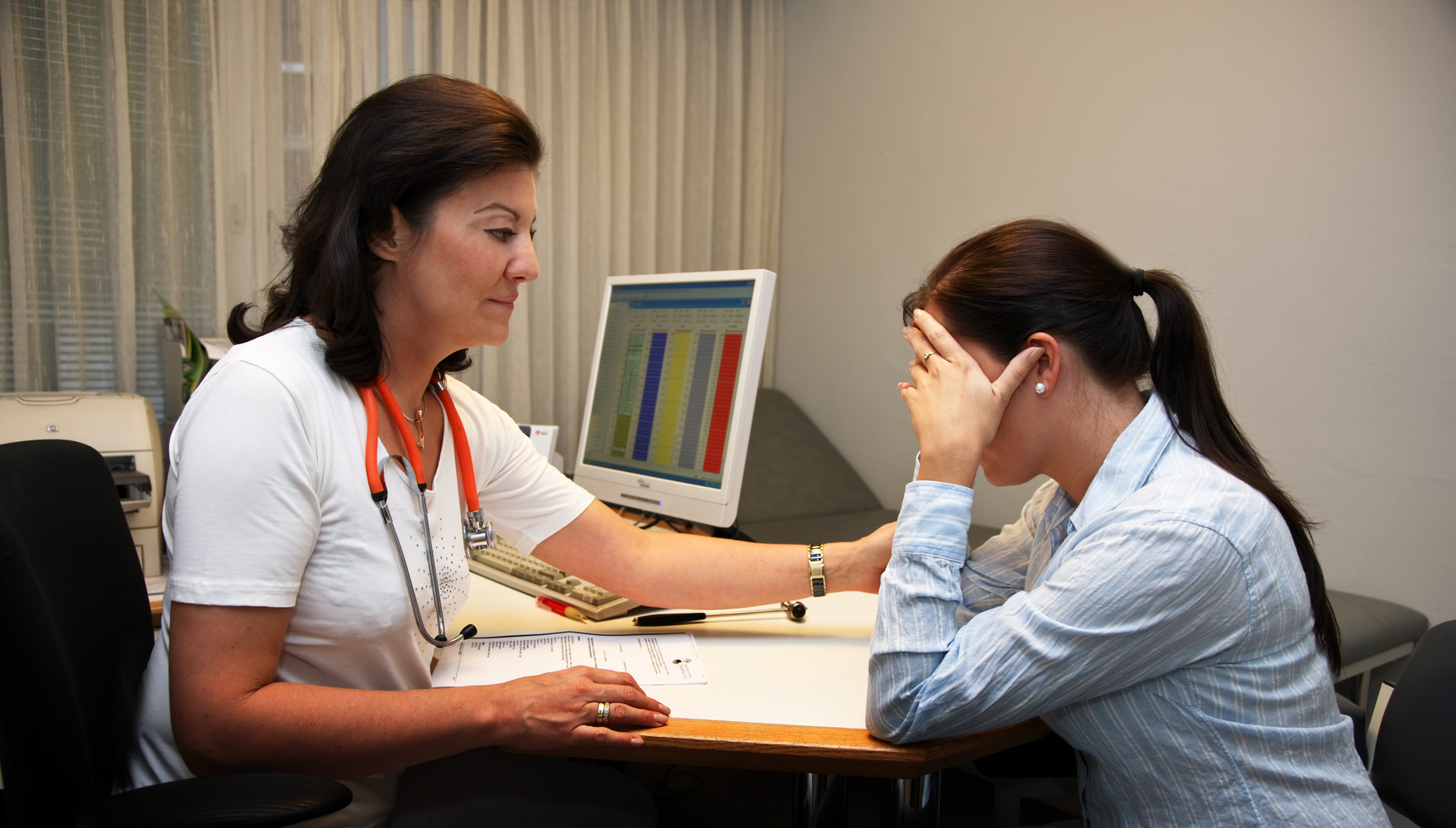
Symptoms, Risk Factors, and Treatments for Liver Cancer
The liver is a football-sized organ that sits beneath the diaphragm in the upper right portion of the abdomen. Liver cancer occurs when cancer cells have begun to grow within the liver, which is known as primary liver cancer, or when they have spread to the liver from other parts of the body, known as secondary liver cancer. There are several different types of primary and secondary liver cancers and each can have their own symptoms, risk factors, and treatments.
Liver cancers are relatively similar to each other and can affect the liver in different ways because of the following symptoms, risk factors, and treatments:
Symptoms
1. Enlarged and/or itchy liver and/or spleen
This can feel like there is a fullness under the ribs on the right and/or left side depending on what feels full and can also become itchy and irritated.
2. Changes in eating habits
The most common signs of this symptom are feeling full after eating only a little, a loss of appetite, and nausea or vomiting.
3. Unintentional weight loss
It is very common for your weight to fluctuate, but only a little. When weight seems to be lost easily and without any effort, it can be a sign that something is wrong with your liver.
4. Pain
The most common places patients with liver problems tend to experience pain are in the belly or abdominal area and near the right shoulder blade. However, pain around the liver and spleen are also common.
5. Yellow eyes and/or skin
This is one of the most obvious signs of liver issues as it’s usually the easiest change to see.
6. Less common: marks on the abdomen
These can be anything from enlarged veins to abnormal bruising and bleeding. It is suggested to seek medical attention when there are unusual colorations that could be bleeding, bruising, etc.
Risk factors
1. Hepatitis B or C
Experiencing chronic infections from one or both of these strains of hepatitis has been shown to increase the risk of liver cancer.
2. Cirrhosis and alcohol consumption
Simply known as a damaged and/or scarred liver, it’s most commonly caused by drinking and is untreatable or reversible.
3. Liver/non-liver diseases
Diabetes, fatty liver disease, and inherited liver diseases, like hemochromatosis and Wilson’s disease, can increase the likely-hood of developing liver cancer.
4. Aflatoxins
Produced by molds, these poisons are typically grown on crops like nuts and grains that eventually get eaten.
Treatments
1. Direct treatment
Doctors try to target just the cancer cells with unique treatments, like heating or freezing, injecting them with alcohol/chemo, and/or putting radiation-filled beads in the liver.
2. Surgery
This is done to remove most or all of the tumor, or a complete transplant may be done.
3. Chemo and/or Radiation
By themselves or together, this is when powerful x-rays or strong drugs are used to either reduce the cancer to prep for surgery or remove it completely.


